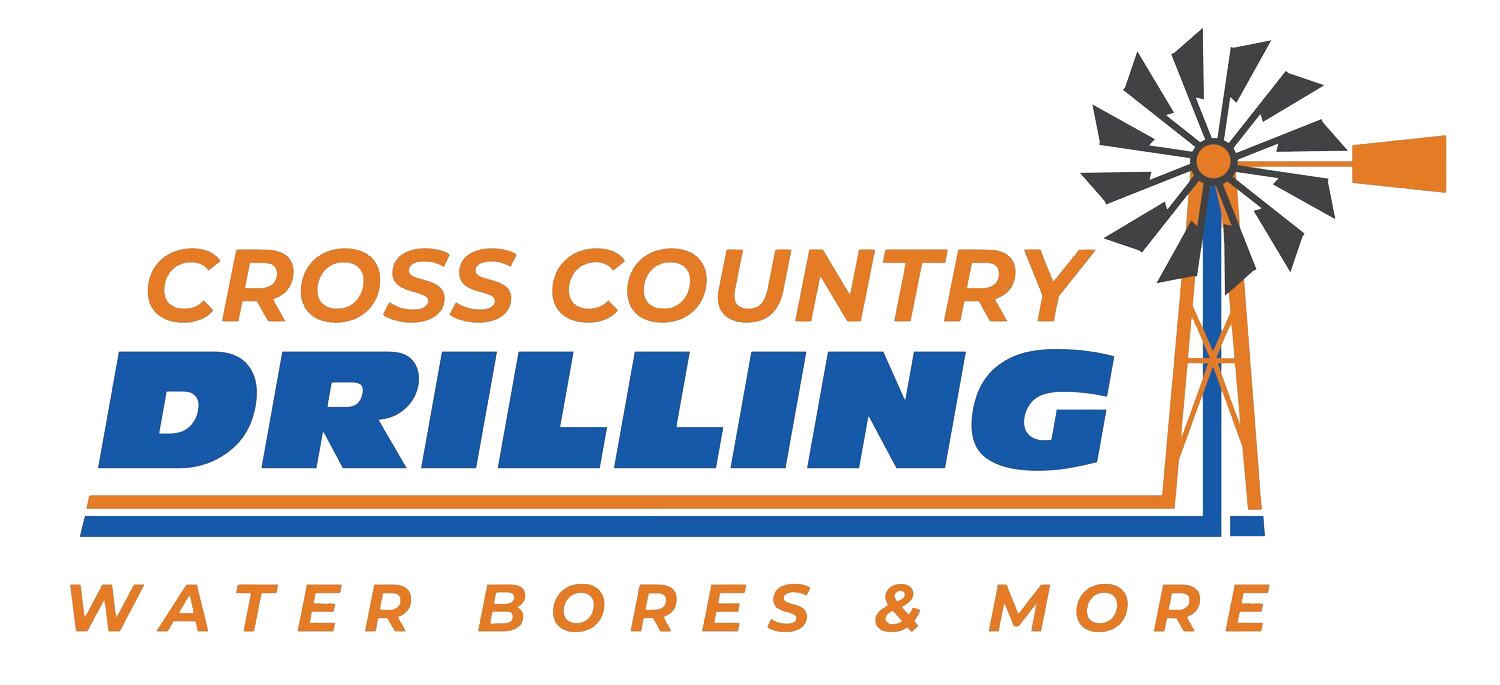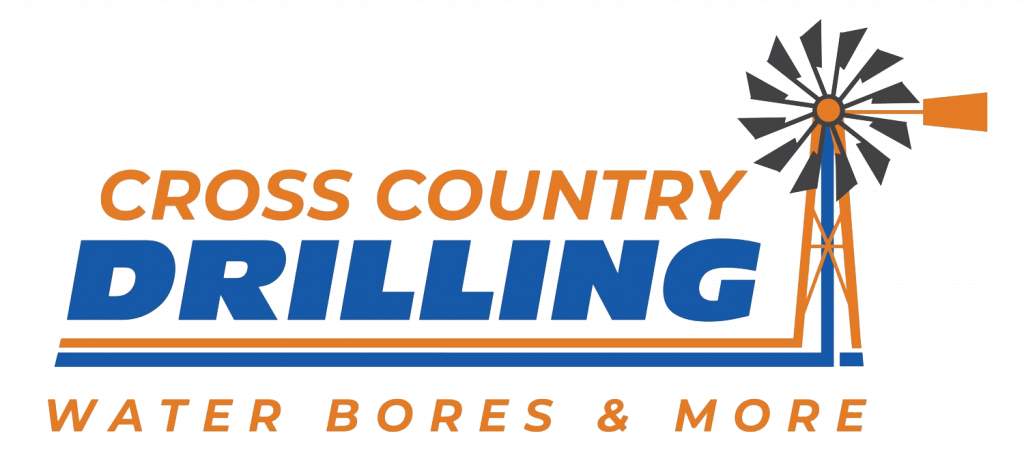FAQ’s
Insert paragraph here. Insert paragraph here. Insert paragraph here. Insert paragraph here. Insert paragraph here. Insert paragraph here. Insert paragraph here. Insert paragraph here. Insert paragraph here. Insert paragraph here. Insert paragraph here. Insert paragraph here. Insert paragraph here. Insert paragraph here. Insert paragraph here.
Speaking to nearby property owners who have successful bores can provide valuable insights, as water availability can vary across small distances. Keep in mind that drilling for a bore requires permits, and the process should be done by a licensed contractor, like Cross Country Drilling, to ensure compliance with local regulations and optimal results.
Contact local experts such as hydrogeologists, who specialise in understanding the water table and underground water flow. These professionals use geological surveys and can recommend the most suitable spots based on the landscape and soil conditions.
If you’re ready to begin, reach out to Cross Country Drilling, and we’ll guide you through the steps and handle the entire drilling process.
Finding water on your property depends on several factors, including the local geology, water table depth, and surrounding water sources. While there’s no guaranteed way to predict if water will be found without proper exploration, many properties are likely to have groundwater, especially if they are located in areas with known aquifers.
The best approach is to consult with professionals like Cross Country Drilling. We can arrange a hydrogeological survey to assess the likelihood of groundwater on your property. This survey, combined with local knowledge, will give you the best chance of success when drilling a water bore.
Water from a bore can be suitable for drinking, but this depends on its quality, which varies based on the local geology and depth of the bore. Some bore water may contain minerals, salts, or contaminants that could make it unsuitable for drinking without treatment.
After drilling, it’s essential to have the water professionally tested to assess its suitability for human consumption. This testing checks for contaminants such as bacteria, heavy metals, and chemicals. If the water isn’t immediately potable, various filtration and purification systems can often be installed to make it safe for drinking.
To keep your water bore clean and ensure a reliable water supply, regular maintenance is essential.
- Install a proper well cap: A secure and sealed well cap prevents debris, insects, and contaminants from entering the bore, which could affect water quality.
- Regular inspections: Schedule regular inspections to check the condition of the bore, pump, and surrounding area. This helps identify any signs of contamination, rust, or wear that could lead to problems.
- Water quality testing: Periodic testing of the water for bacterial growth, chemical contaminants, or changes in mineral content ensures it remains safe for use.
- Clean the borehole: Over time, silt, sediments, and biofilms can build up inside the bore, reducing water flow.
- Maintain pumps and equipment: The pump and filtration system need regular maintenance to prevent malfunctions that could introduce contaminants into the bore. Check for rust, leaks, and proper functioning.
The cost of drilling a water bore can vary widely depending on several factors, including the depth of the bore, the type of soil and rock being drilled, the location, and any additional equipment or testing required.
Here are some factors that influence the cost:
- Depth of the bore: The deeper the bore needs to go to reach a reliable water source, the more expensive it will be due to additional labor, equipment, and materials.
- Geological conditions: Hard rock or difficult soil conditions can increase the cost, as drilling through these materials is more challenging and time-consuming.
- Pump and installation: Once the bore is drilled, you’ll need to install a pump system, which adds to the cost. The type of pump (submersible or surface) and the depth it needs to reach can affect the price.
- Water testing and treatment: After drilling, testing the water for quality and potentially adding filtration systems may also add to the total cost.
- Permits and compliance: Depending on your location, there may be fees for permits and meeting regulatory requirements, which should also be considered in the overall cost.
To get an accurate quote tailored to your property, it’s best to consult with a professional drilling company like Cross Country Drilling. They can assess your specific needs and provide a detailed cost estimate based on the conditions and services required.

